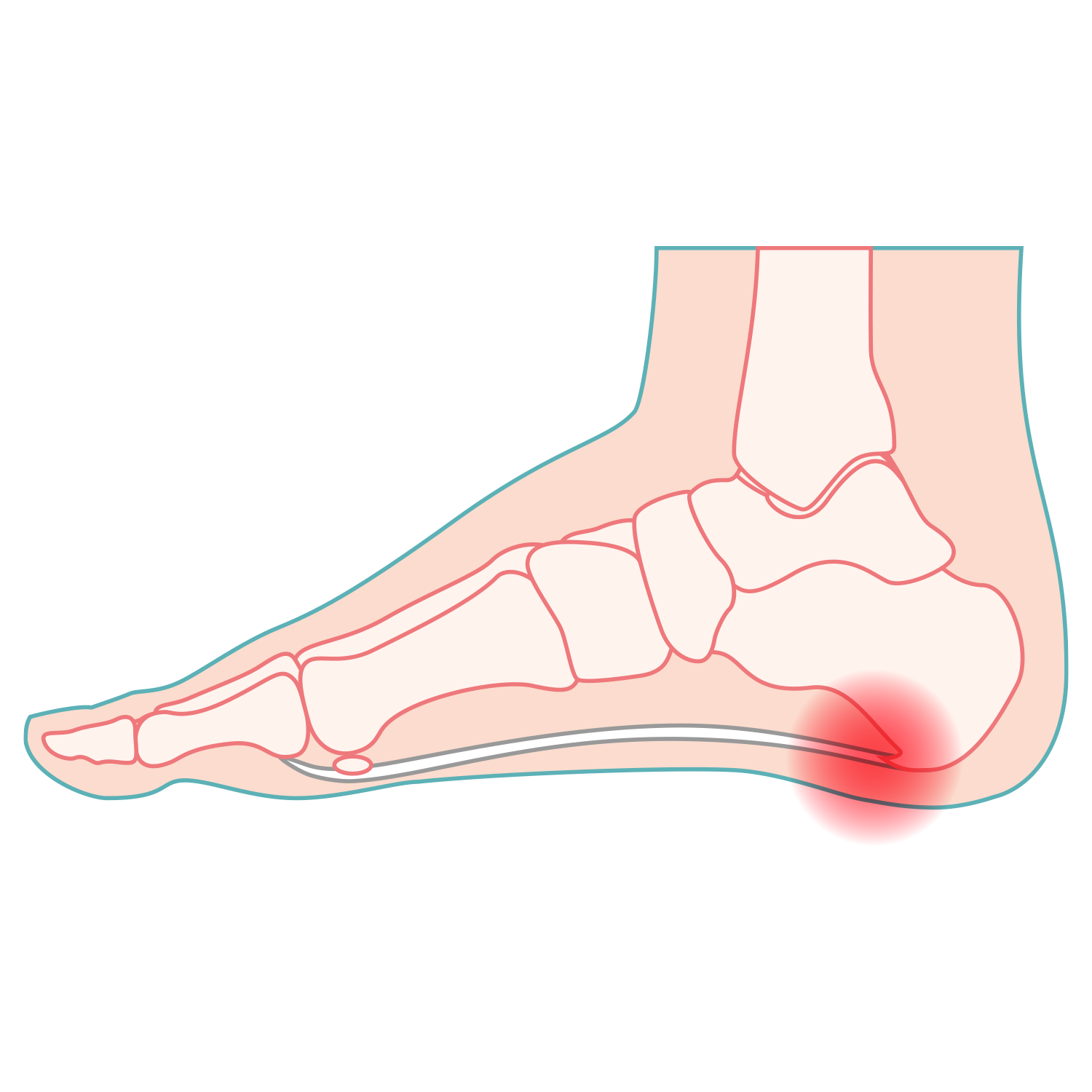
Plantar fascite
Description of the pathology, definition and symptoms

Plantar fascite is a pathology of the foot originating from the inflammation of a ligament placed under the sole of the foot: arched ligament or foot aponeurosis. It has been calculated that, for each kilometer traveled by walking, each foot stands the weight of about 40 tons. The feet are certainly able to support a heavy load,
But excessive and repeated efforts can break some balances. Even the race on very hard surfaces and the use of too rigid shoes can irritate the fabrics of the foot, in particular the plantar band, and cause pain in the heel. In these cases we speak of heels, or more correctly of Tallodinia, To indicate a painful syndrome in correspondence with the heel, variable for pain intensity, objective reliefs and triggering causes.
Plantar fasciitis can affect a single foot or both. The incidence of this pathology is between 9 and 20% of the population,To be affected are in particular Obese women of the average age and young male runners. The pain is caused by the inflammation of the footbed, a thick fibrous band that originates from the inside of the heel and develops along the whole foot until the base of the fingers,
whose function is to absorb the mechanical stresses due to the weight of the body when walking and especially when running.
Due to the inflammation and for the microlesions due to excessive stress, a painful symptomatology may arise which is initially located in correspondence with the heel,With the appearance of the Calcaneare Spina or Calcify Entesopathy. If neglected, this symptomatology tends to involve the whole plant, except the fingers. A sore heel usually improves spontaneously especially with rest or with the aid of special plantar and physiotherapy treatments such as ultrasound and d'Uro waves. However,Many people tend to underestimate or ignore the first ailments and continue to carry out those same activities that caused it. In this way, the pain does not regress and can chronicize the normal walking even heavily.
Conservative therapy
Within 6-8 months from the appearance of symptoms over 90% of patients with plantar fasciitis improves spontaneously or following simple treatments such as rest, ice, non -steroidal anti -inflammatory drugs, the latter to be taken in doses and times established by the doctor.
Muscle extension exercises of the surar and plantar band are also indicated. Local infiltrations of cortisone can be practiced (on the heel and not on the plantar band).
Benefits can derive from the use of shoes equipped with shock absorbing support to the heel and tailor -made plantar designer to correct the varism or valgism of the back foot and support of the longitudinal arch. Physical therapy cycles (ultrasound, laser, tecar), shock waves therapy can also be useful.
















